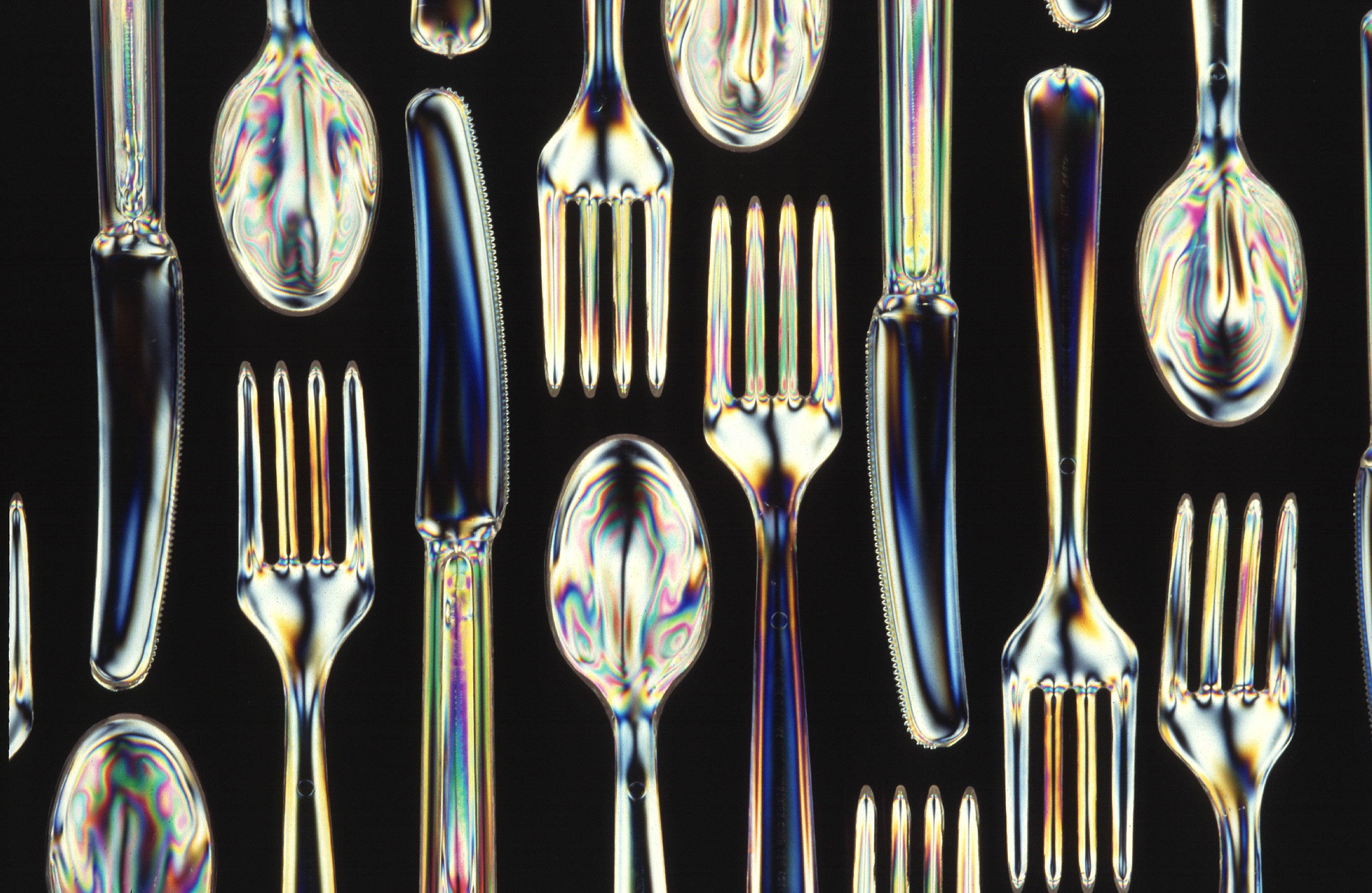Cutlery is something that people use worldwide to eat their food, but the process behind the creation of cutlery is not something that is commonly discussed.
The evolution of cutlery does, however, make for a fascinating read. From the shift away from silver to stainless steel as the primary material and the manufacturing process itself, here are some facts about the process behind making cutlery.
Silver to Steel
Some materials are considered to be more hygienic. As a result, silver was a popular choice to use in the making of cutlery. Then, because of prices, cutlery began to be manufactured from other materials. It was still given a silver coat though, which kept the cost down and ensured it stayed hygienic. By the 1970s, stainless steel was being used instead. It was just as hygienic, stronger, and the aftertaste was better. With stainless steel laser cutting, steel is now an even better option.
Rolling, Stamping, and Shaping
The first step in manufacturing cutlery is to make sheets of stainless steel out of rolls or coils. After this, the pieces are cut into smaller pieces and then adjusted to make them the proper thickness. These are important steps, as the thickness of the metal can change how the machine goes about cutting stainless steel when using stainless steel laser cutting. If the metal is too thick, this can cause damage. To avoid this, the metal is rolled out to the shape that fits the design and the machine. Once this is done, the pieces are put in the stamping machine, which gives them their unique shape.
The final step involves giving each type of cutlery the details that make them unique. Knives are given their hollow handles by taking two separate pieces of metal and bonding them together by using a soldering tool and then buffing out the seam. Spoons are created using a press to give them their unique scoop. Forks also use a press, but the outline is different than that of the spoon. Since the tines are connected in the original design, they also need to be separated. There is a special piece that holds them apart until the metal has cooled in place. This will be removed later. In spoons, the handle pattern is made before the scoop is formed, but in knives and forks, the handle decoration is a later step.
Buffing
It is important that the cutlery is finished correctly. This process involves buffing the pieces and making them shine. When that is completed, each piece must be inspected. This is to check for any places that are not in keeping with the company’s mission of quality. If there are places with discoloration or scratches, this is a problem.
Cutlery is something that is part of many people’s everyday lives and the process used to create the silverware we use daily is a fascinating one. The process of getting cutlery from the factory to the home is surprisingly involved. From rolling to buffing and everything in-between, there are many steps and quality checks. Whether using stainless steel or sterling silver, it’s a story about changing technologies and tastes.

